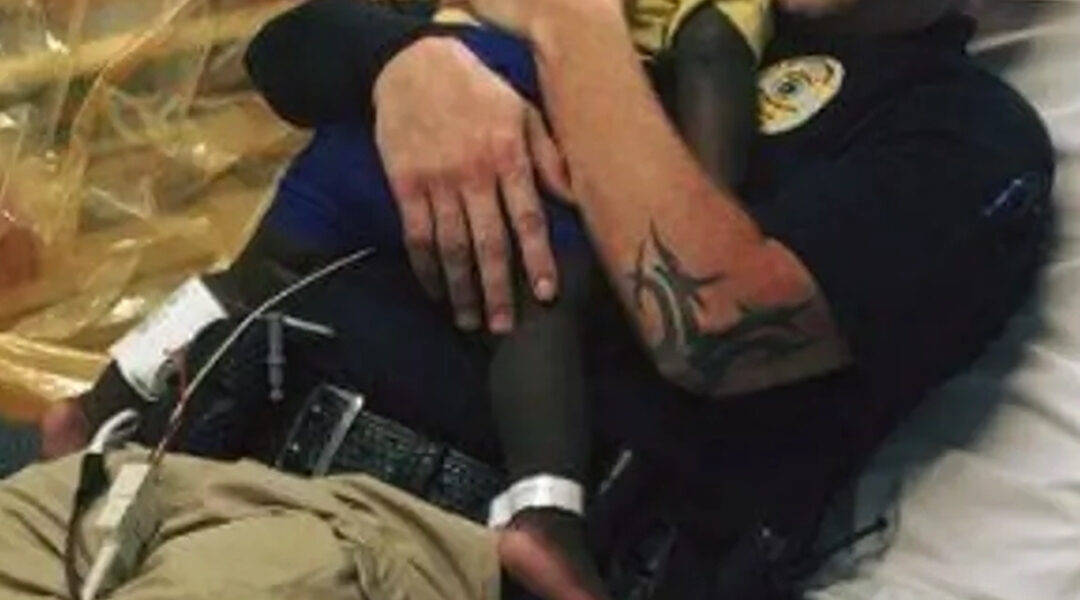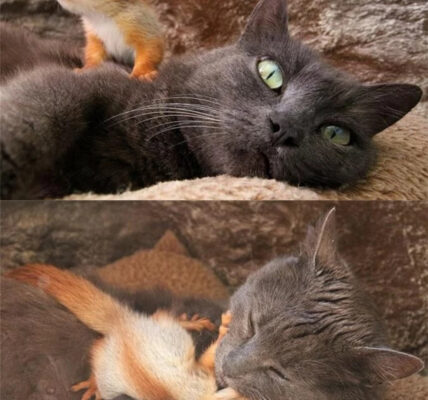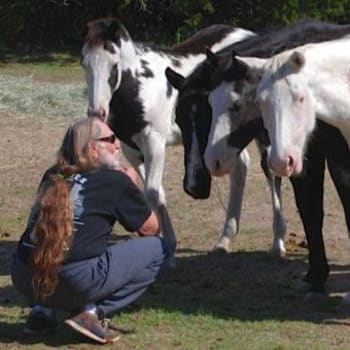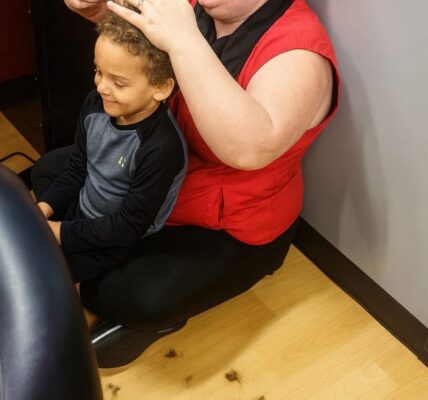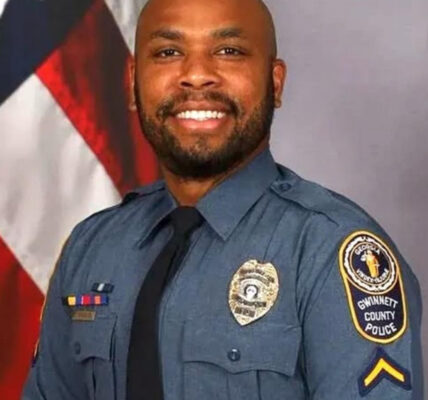
The boy was tiny. His arms barely wrapped around the blanket, his voice high and breaking as sobs filled the hospital room. He was scared — scared of the bright lights, the strangers in scrubs, the unfamiliar beeping of machines that seemed to surround him on every side. At that age, everything feels larger than life, and in that moment, the world must have felt impossibly big and terribly cold.
“The boy, obviously, being so small, became very upset,” the officer later explained. “He was crying. He was sobbing.”
Doctors and nurses worked steadily, doing what they could to ensure the child received the medical care he needed. They were attentive, professional, compassionate. But still — the boy could not stop crying. His little chest heaved with each sob, and his tears came faster than anyone could wipe away.
Watching from the side, the officer felt something stir inside him. His training had prepared him for danger, for emergencies, for protecting the public from threats. But nothing in a manual tells you what to do when a child’s cries pierce through all the noise and land straight in your heart.
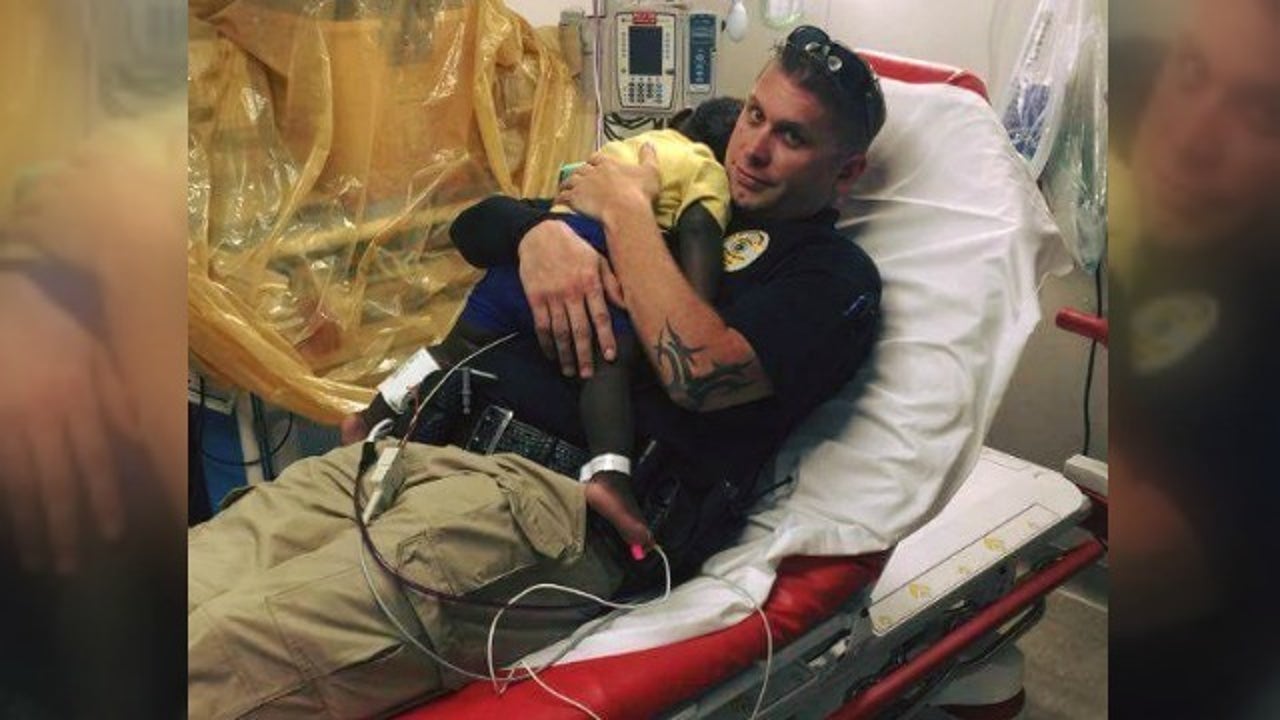
He stepped forward and asked the simplest of questions: “Can I hold him?”
The hospital staff, recognizing both the child’s distress and the officer’s sincerity, agreed. And with that, the uniform — the badge, the belt, the layers of gear — faded into the background. He was no longer an officer enforcing order. He was just a human being responding to another human being’s need.
“I picked him up,” he said. “Minutes later, I was standing and he was asleep on my chest.”

It was almost immediate. The boy, who moments before had been inconsolable, began to calm in the safety of someone’s arms. His sobs slowed. His breathing softened. His head tucked against the officer’s chest, and within minutes, he drifted into sleep.
But as the child relaxed, the officer realized something practical: his own body armor and gun belt made it difficult to hold the boy for long. “With all my body armor and my gun belt, it became very heavy holding this small child,” he admitted. “So that’s when I decided to sit down on the bed and make it easier for him and me.”
So there he sat, on the edge of a hospital bed, a grown man in uniform cradling a child small enough to disappear against him. He stayed there quietly, careful not to wake him, letting the boy’s exhaustion finally give way to rest.
“I just knew this child needed somebody to be there for him,” the officer said later. “It was just human instinct; humanity. The hospital staff was taking great care of him, but he was sobbing and crying. I picked him up and within minutes, he was asleep on my chest.”
Those who witnessed it would not forget the image. The badge and the gun were still there, but so was something deeper — compassion, tenderness, humanity. In a world where headlines often highlight conflict, this was a reminder that at the heart of service is the willingness to care.
In that hospital room, the boy’s fear dissolved, replaced by the steady rhythm of a heartbeat he could trust. And in that same room, an officer showed that sometimes the greatest act of protection is not stopping danger, but simply being a safe place for someone too small to carry their own fear.
It was not dramatic. It was not loud. It was quiet, ordinary even — a man holding a child until the child felt safe enough to sleep. But sometimes, those are the moments that matter most.
And in this case, those were the moments that reminded everyone watching that kindness can be the strongest part of the uniform.
